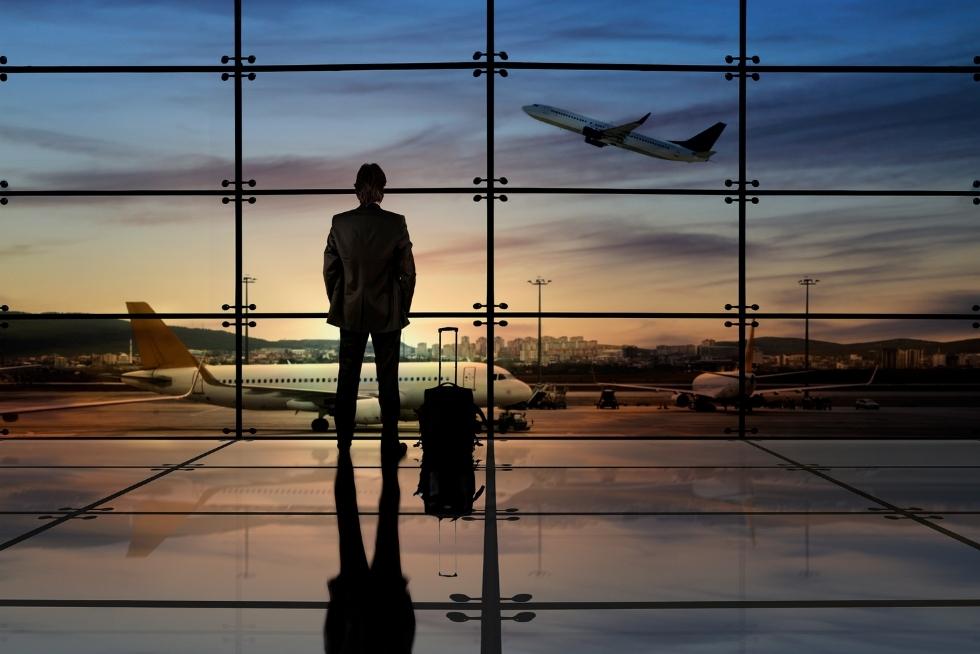As countries around the world began to drop their entry requirements and Covid-19 related restrictions towards the last quarter of last year, the business trips made by companies in almost all sectors rose by over 17 percent. The first quarter of 2022 saw a further increased of 4 percent. Most studies put business travel at about 75% of where it was pre-pandemic. This must be exciting for airlines, hotels and most other travel service providers, as the business travel usually accounts for more than 50% of their profits.
United Airlines just announced that it made more than USD12 billion in revenue in the last quarter quarter. That’s the most money the company has made in over a decade. That was followed by reports that American Airlines made its first quarterly profit since the pandemic hit. Although one might say that these airlines are driven mostly by vacation travelers, the more lucrative business passengers are also quickly returning to the skies, surpassing the previous predictions by experts of late 2023 or 2024.
Although it’s the leisure demand, which is now above the pre-pandemic levels, that has dominated the pandemic recovery, corporate travel has had more impact as business travelers often buy more expensive tickets and products than holiday travelers. Their comeback has helped the travel industry to recover to pre-pandemic levels very quickly. Currently, the corporate travel segment is led by small and mid-sized organizations, and not by large business accounts.
Seeing Good Vibes…
A GBTA (Global Business Travel Association) poll conducted in May this year revealed that 86% of global companies that responded to the survey now allow nonessential business travel for employees — that’s up from 73% in February. Nearly 75% of companies said they now allow international travel, and even those that suspended business travel, 75% said they plan to resume within the next three months. The survey also revealed that 88% of business travel suppliers (including travel agencies) reported increased bookings in the prior month.
The quick rebound of business travel shows the value organizations place in face-to-face meetings and how they help in solidifying relationships with clients and partners. It was the employees of companies whom saw travel as essential for conducting business that resumed their trips as soon as lock-downs eased. The removal of Covid-19 testing at airports further contributed to this trend, perhaps more than the “successful” vaccination drives claimed by most countries.
…But Still Cautious
On the other end there are the virtual-world adopters, who has taken the pandemic as an opportunity to slash their corporate travel budgets almost entirely. Although many have hopped off this wagon in the recent months, there a few that are adamant on keeping digital communication, work-from-home strategies and other pandemic-era strategies to run their business. These businesses are likely to want to keep these significant cost savings, though a certain number of business trips will continue for them but at much lower levels than before.
Given corporate travel’s high return on investment, it was expected that most small and mid-sized companies would pursue this trend even as the cost of travel was taking off. This segment forms the largest in the corporate travel sector, and is mostly driven by competition and the fear of loosing out. Yet another category is still playing wait-and-watch by employing a hybrid model for now, before going full on with resuming their business trips.
New Challenges
With all the major airlines reporting that they were able to raise fares to cover higher fuel costs without diminishing the appetite for travel, the demand for 2023 looks strong. Similar reports are coming in from Hotel and other travel service providers as well. While Hilton expects business travel to get back to 2019 levels by the year end, Marriott reports achieving around 90% of pre-pandemic level in March this year. They note that the volume coming out of small and mid-sized companies has effectively fully recovered, while the demand from larger companies still has a bit of the hill to climb.
Despite all the positive signs that business travel is bouncing back again, many more factors like the increasing oil prices, Russia’s war in Ukraine, China’s zero-tolerance Covid lock-downs, and all the unpredictable Covid variants pose challenges to achieving pre-pandemic levels this year. However, experts are still optimistic that the return will happen at least early next year given that the developed economies stay strong and the war doesn’t spread.
Another factor that’s affecting the travel industry’s recovery is staffing. From fewer menu choices at restaurants and lengthy check-in lines at hotels and airports, to reduced room services at hotels and getting new staff trained, challenges are many. The reasons behind the worker shortage are hotly debated. Many employers blame unemployment aid from federal governments, but plenty of hospitality workers who abruptly lost their jobs a year ago have moved on to new careers and aren’t coming back.
Still, after more than two years of remote work and virtual meetings business travelers are happy to be back on the road to see and meet with their colleagues and customers in person. And that will be, perhaps more than anything else, the biggest determining factor in this recovery phase for the business travel sector.



Greetings! Very useful advice. Thanks for sharing!